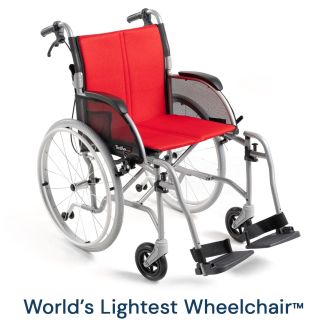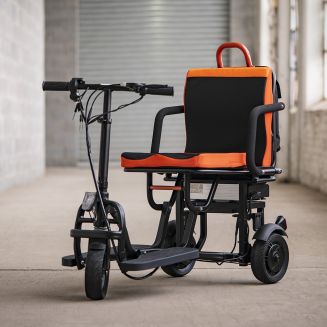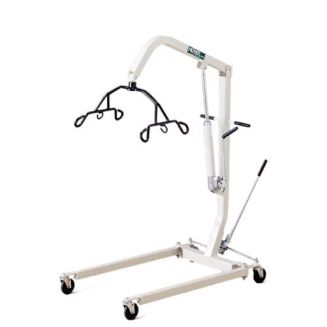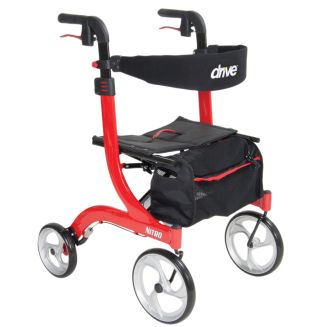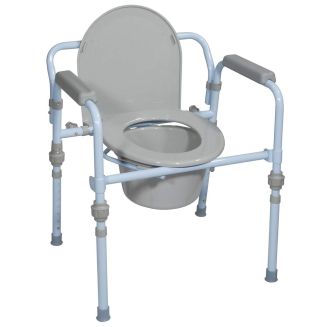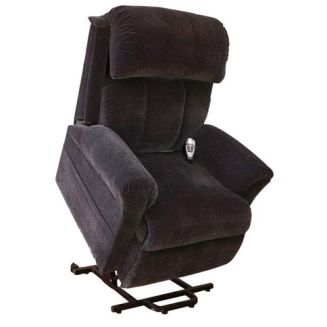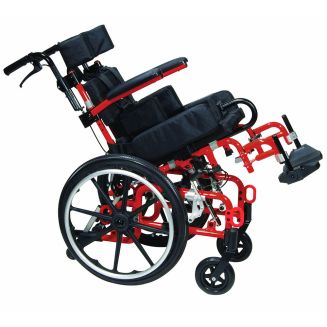Welcome to 1800Wheelchair.ca Winter '12 Scholarship
Topic: As a student, how would you use technology to make your campus more inclusive of people with disabilities? Feel free to address broad issues or specific topics, real world stories are welcome.
Paige O'Neil
McMaster University

We see them every day, people with disabilities. We notice them in their wheelchairs, or with their support worker. These people stand out in my small community. It’s not always for negative reasons. It’s not that people are pointing, laughing, and making fun of them. But people get uncomfortable. They get nervous. They see the wheelchairs and the walkers. They note that these people look, speak, and move differently than them. They wonder how to act, what to say, and how to say it. They underestimate their capabilities. The thing holding us back from inclusivity is not necessarily society’s rejection of people with disabilities, but it’s the ignorance and lack of understanding that the vast majority of people have about these special individuals..
I know this, because this was me. I had my assumptions about people with disabilities, and what they were capable of. But, I reiterate, this was me. I now know better. I no longer see the wheelchair, or am blinded by the mental disability.
As a student, I try to use communication to make my school more inclusive of people with disabilities. It is not a mechanical technology, but it is a very undervalued and efficient technology that we have at our fingertips.
I have twice been blessed to travel to a home in El Salvador, called Hogar del Niño. Hogar is home to over 140 people, all with mental and physical disabilities. Hogar del Niño changed my life and opened my eyes to many things.
The early days of my first excursion were overwhelming. I was surrounded by people that were different than me in so many ways. I assumed the children in wheelchairs couldn’t speak, and the adults with mental disabilities couldn’t understand me. But I was so very wrong. Many can speak, and they can understand perfectly well. They were capable of so much more than I ever imagined. I saw a man with a walker, Effrain, play soccer, a girl with a mental disability, Aida, learn to count to 10 in English in one day, and a young man who can’t speak, Carlos, clearly articulate his thoughts and feelings through simple gestures and a communication book. At first, I saw these things as miracles. But they were not. They were simply the things these special people can do when given the chance.
The technology I believe can be most effective in making my school and community more inclusive is simple communication – the best and most effective technology we have. Although mechanical technologies are important to people with special needs, Hogar doesn’t have much more than a few ramps and wide hallways, and yet it is the most inclusive and accepting place on this earth, simply because of the authentic acceptance, understanding of, and love for the people there.
When I returned from my trip, I shared what I had learned with the students and teachers at my school, in the hopes that I could broaden their understanding of what people with disabilities face, and shut down any stigmas and assumptions they hold about them. I did the best I could to explain what I saw and how I was changed. Through communication, I try to share what I have learned. I try to encourage people to go outside of their comfort zone and interact with people with disabilities. I strongly believe that it is only through experience with, and an understanding of people with mental and physical disabilities that a person can truly be inclusive.
I strive to establish a community where a stigma is eliminated, where assumptions are put to rest. I hope that people identify others that are different, not simply as “that guy in a wheelchair”, or as “that boy with Down Syndrome”, but as people. People just like them. People with amazing skills, passions, and talents. People who are capable of achieving so much, if simply given the chance to shine.
